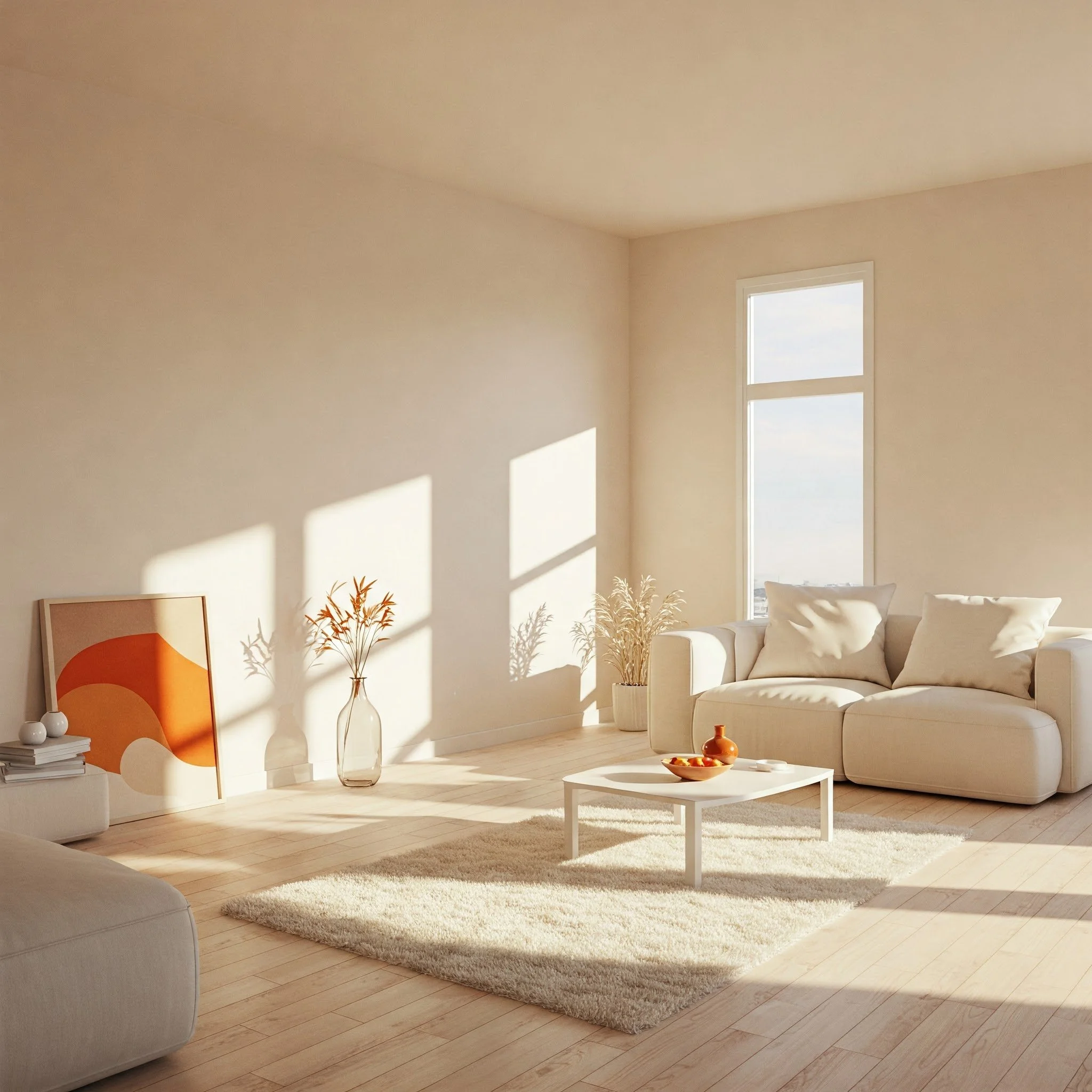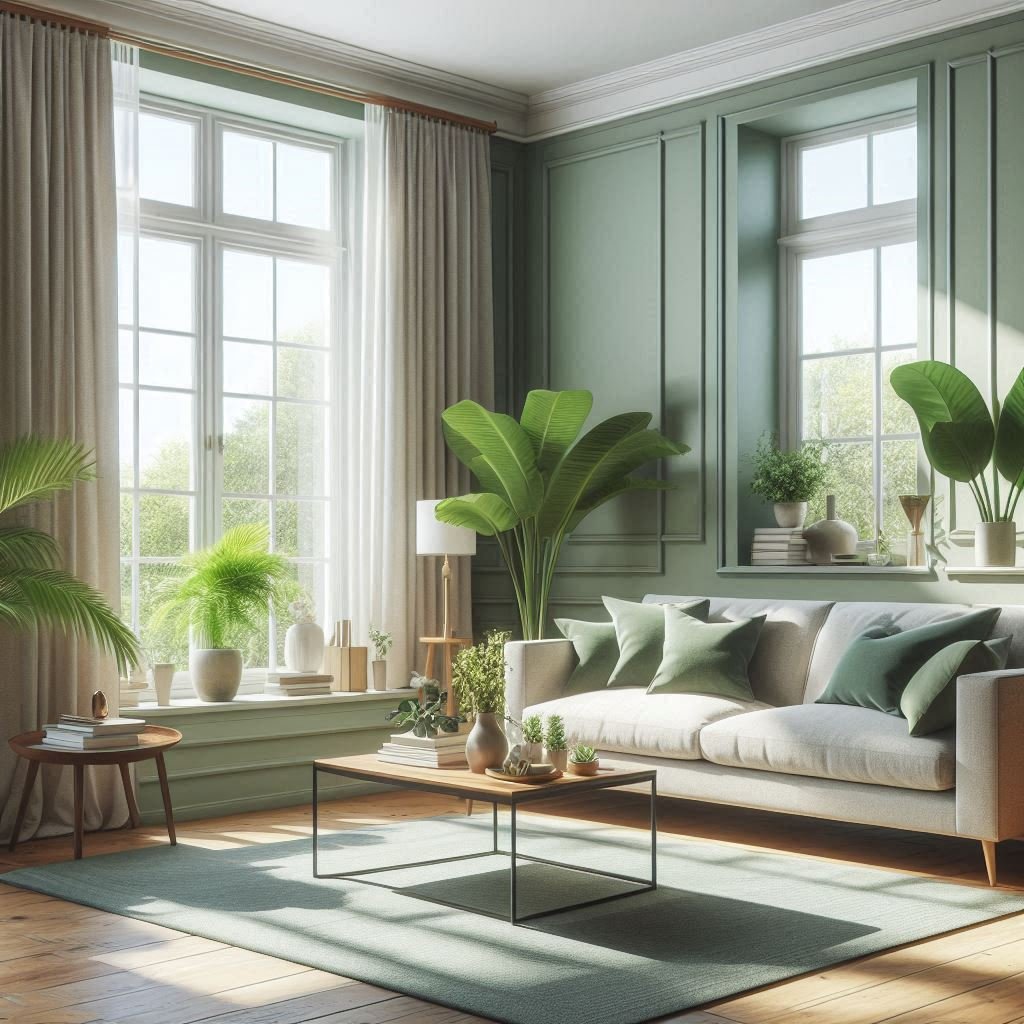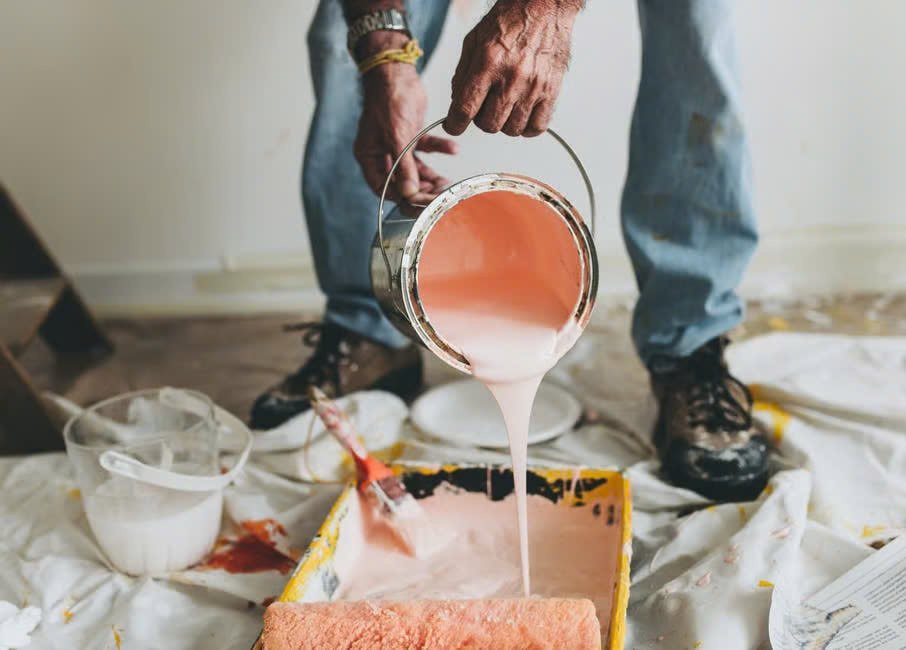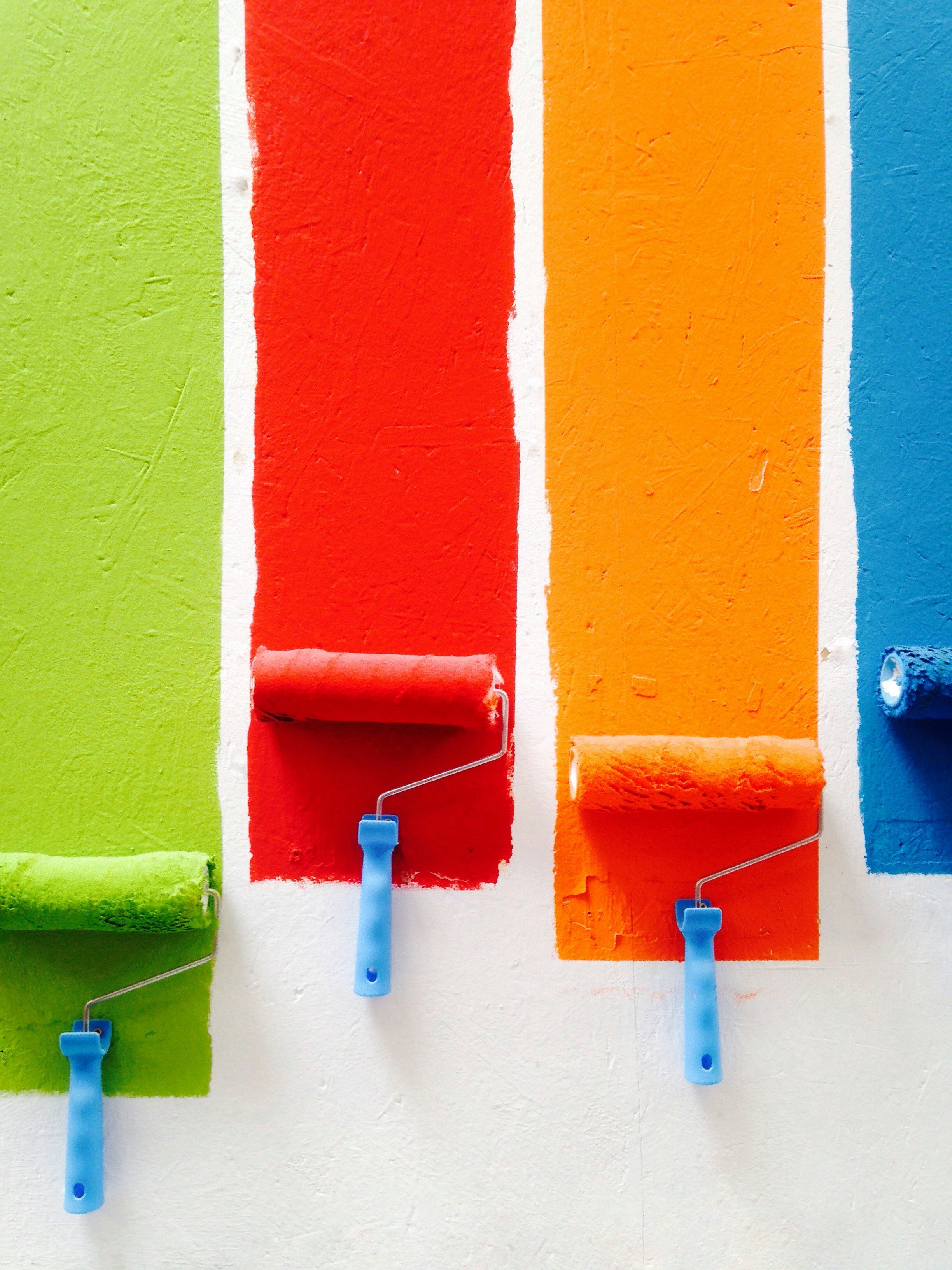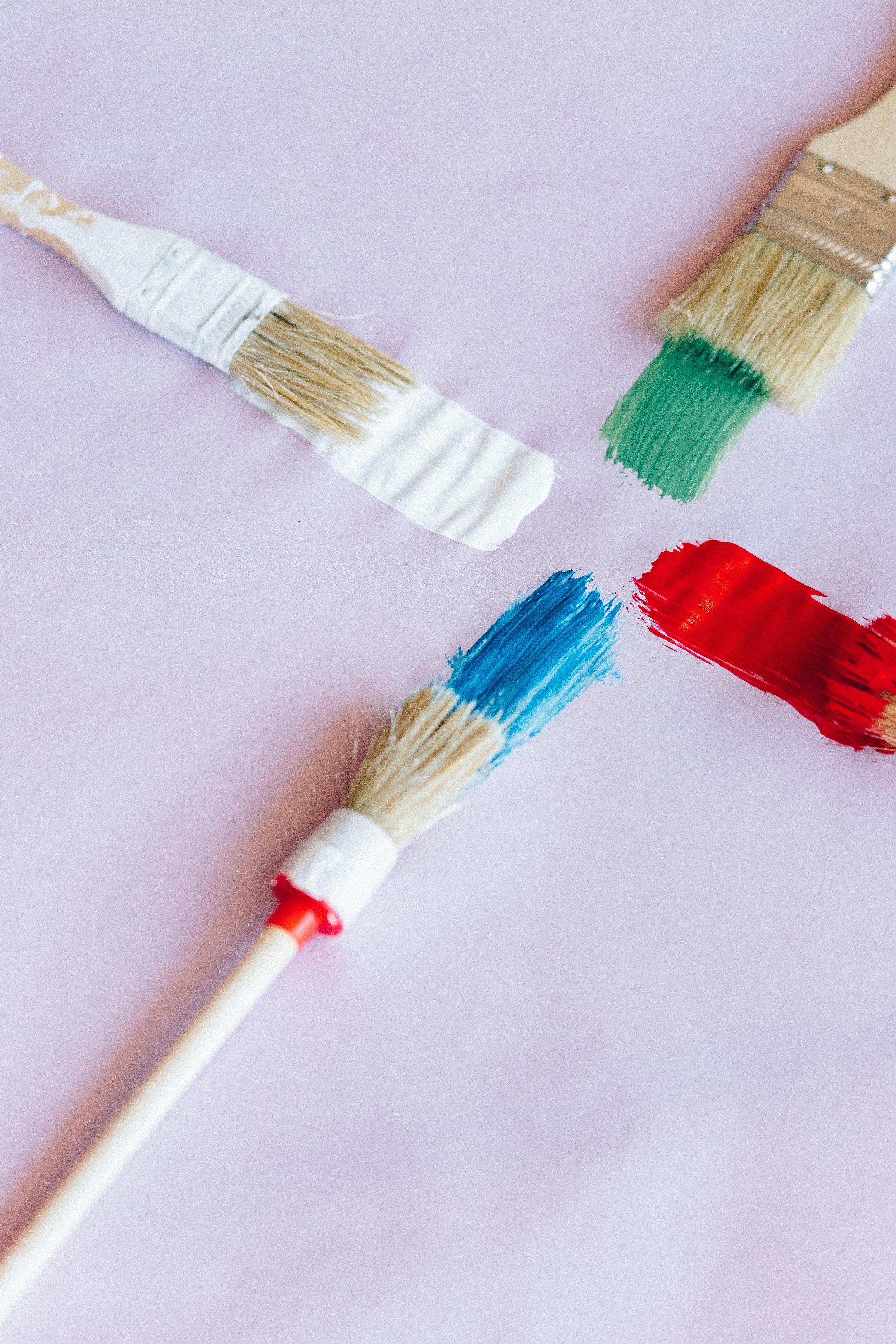Smooth & Even: The Science Behind the Perfect Painting Temperature
Learn why temperature matters when painting and how to achieve a smooth, long-lasting finish with the right conditions.
When it comes to painting walls, achieving a smooth and even finish goes beyond technique and the quality of the paint itself. The temperature of the room plays a significant role in ensuring that the paint adheres well, dries evenly, and gives you a flawless finish. Whether you’re painting an interior wall or working on an exterior project, understanding the science behind the perfect painting temperature can save you time, effort, and frustration.
Why Temperature Matters in Wall Painting
The temperature of the room directly affects the paint’s behavior. Paint is a combination of pigments, resins, solvents, and other additives that work together to create a durable finish. Temperature can affect the rate at which the solvent evaporates and the way the paint adheres to the surface. When the temperature is too hot or too cold, these elements don’t work as they should, leading to unsightly results.
A key factor is drying time. When painting in a room that’s too warm, the paint may dry too quickly, preventing you from achieving a smooth, even coat. On the other hand, cold temperatures can slow the drying process, leading to uneven coverage and an extended wait time between coats. Maintaining the right room temperature ensures that the paint cures at the proper rate, minimizing the risk of imperfections like streaks, bubbles, or an uneven finish.
If you’re wondering What is the Healthiest Room Temperature is for your home, it’s also worth noting that your living space’s ideal temperature for comfort and health (typically between 68°F–72°F) is also the perfect range for painting. This ensures that both you and your paint job stay in top form.
The Ideal Temperature Range for Painting
For most painting projects, the ideal temperature range falls between 50°F–85°F (10°C–30°C). This is the sweet spot for both latex and oil-based paints. However, different types of paints may have slightly different temperature requirements.
Latex Paint: Water-based paints like latex are particularly sensitive to temperature fluctuations. When applied in temperatures lower than 50°F (10°C), they may not cure properly, leading to a poor finish and adhesion issues. On the other hand, if the temperature exceeds 85°F (30°C), the paint can dry too quickly, making it difficult to smooth out brush strokes and roller marks.
Oil-Based Paint: Oil-based paints tend to dry more slowly than latex and are a little more forgiving in slightly cooler temperatures. However, extreme cold can still hinder the drying process and affect the paint’s final texture.
It's not just the room temperature that matters but also the surface temperature of the walls you’re painting. A cold wall can cause the paint to behave differently than when it’s applied to a warm surface. Always ensure the surface is within the ideal temperature range before starting your project.
Problems Caused by Incorrect Room Temperature
Too Hot (Above 85°F / 30°C)
When painting in an overly warm room, the paint dries too fast, which can lead to various problems. You may notice brush and roller marks showing up as the paint begins to dry before you’ve had a chance to smooth it out. This rapid drying can also cause bubbling and cracking. The paint doesn’t have enough time to level out, and imperfections appear as it hardens too quickly.
Too Cold (Below 50°F / 10°C)
In cooler environments, the drying time of paint can become extended, which leads to issues such as drips and runs. As the paint stays wet longer, it may also attract dust, dirt, and debris, affecting the finish. Additionally, cold temperatures slow down the adhesion process, meaning that the paint might not bond properly with the surface, leading to peeling or chipping in the future. It can also affect the durability of the paint, causing it to crack or flake after it cures.
High Humidity & Poor Ventilation
When humidity is high, especially in unventilated rooms, paint takes longer to dry. The moisture in the air can also cause the paint to trap water, leading to a cloudy appearance and an uneven finish. Mold and mildew growth may even occur beneath the painted surface if moisture is trapped.
Preparing the Room for the Perfect Painting Conditions
To ensure the ideal conditions for painting, you’ll want to adjust both the room temperature and humidity levels. Here are some tips for creating the perfect environment:
Adjust the Room Temperature: If your room is too hot or too cold, use heaters or air conditioning to regulate the temperature. For rooms that are too cold, try using a portable heater to warm things up, but be mindful not to overheat the space.
Control Humidity: If you’re dealing with high humidity, using a dehumidifier can help control moisture levels and speed up drying. Proper ventilation is also crucial to avoid stagnant air.
Time Your Painting Projects: When working on exterior projects, choose a day when temperatures are stable. Try to paint during mid-morning or early afternoon when the temperature is at its most consistent.
Expert Tips for a Flawless Paint Job
Once you’ve set the room temperature to the ideal range, here are some expert tips to ensure your painting project is a success:
Choose the Best Paint: Not all paints are made equal. Some paints are formulated to work better in extreme temperatures, so make sure to choose the best paint suited for your specific project. Always check the manufacturer's recommendations for temperature ranges before making your selection.
Don’t Rush the Process: Allow each coat to dry completely before applying the next. Rushing the process in an attempt to speed up drying could lead to errors that will compromise the final result.
Test a Small Area First: It’s always a good idea to apply a small patch of paint to check how it behaves in the current conditions. This gives you a chance to assess if the temperature is suitable and how the paint dries.
Use Quality Tools: The right brushes and rollers will help you achieve an even finish. Invest in quality tools that are appropriate for the type of paint you’re using.
Conclusion
Achieving a smooth and even paint job requires more than just painting skills; it requires understanding the science behind paint behavior. Temperature, humidity, and room conditions all play a significant role in the final result. By following these guidelines and ensuring the right temperature range for your painting project, you’ll be well on your way to a flawless finish. Remember, a little preparation and knowledge of how temperature affects paint can make all the difference in transforming your space with a professional-quality result.
Ready to start your next painting project? With the right temperature and tips, you’ll enjoy a beautiful, lasting finish every time!


